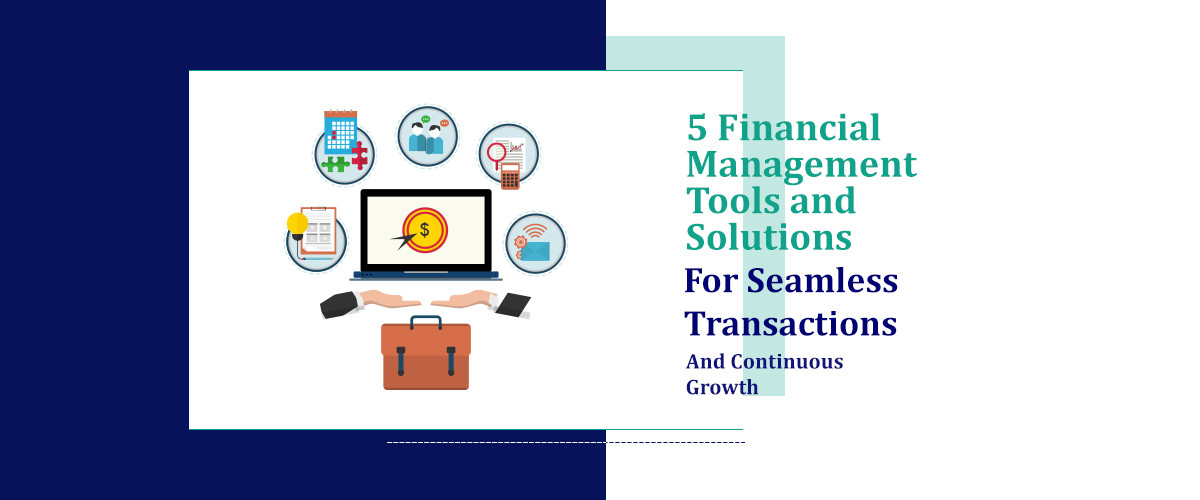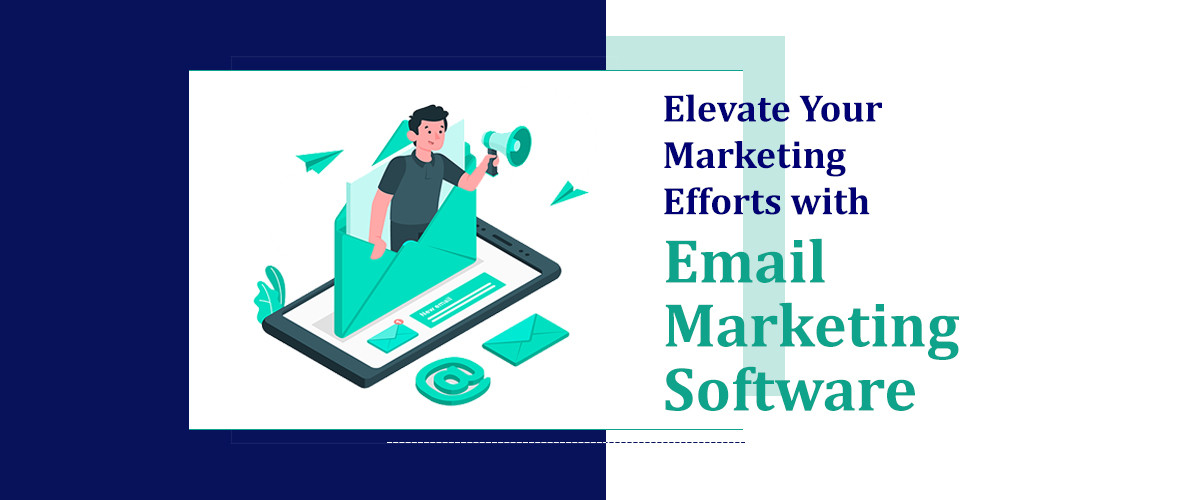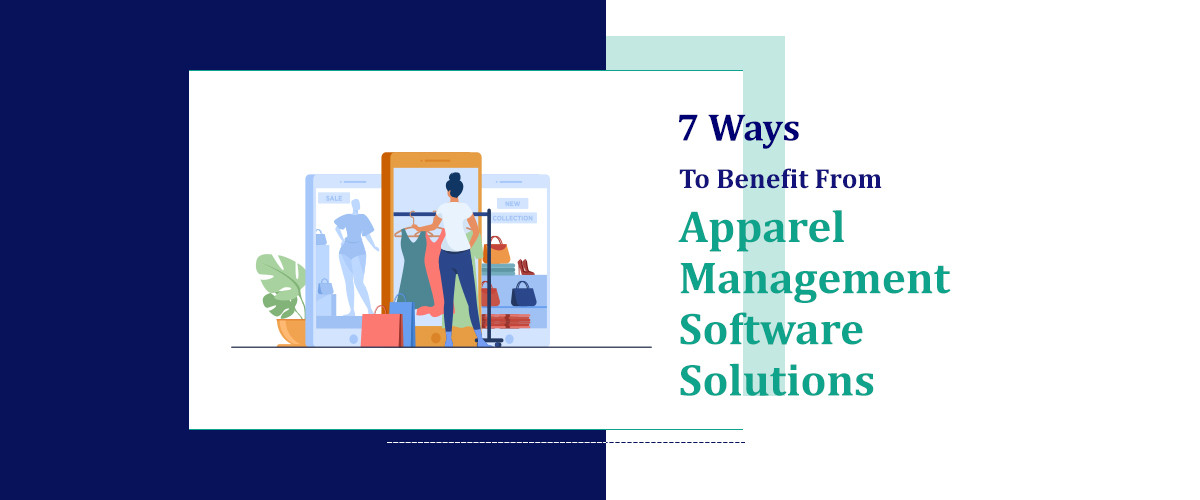What we'll cover
An impressive 84% of organizations in the hospitality sector now have someone in place who’s specifically responsible for handling digital transformation efforts, according to Statista.
The integration of a dedicated property management software (PMS) is an important part of this, particularly for hotels, so if you’ve already got a fairly sophisticated SaaS stack, here’s how you can combine this with a shiny new PMS.
Understanding Cloud-Based PMS
A cloud-based PMS makes hotel management a thoroughly modern affair. Unlike traditional systems, these are hosted online, offering real-time access and seamless updates.
Upsides include:
-
Accessibility: Staff can log in from anywhere with an internet connection.
-
Scalability: Easily adjust to the needs of growing hotels or chains.
-
Cost Efficiency: Lower initial costs without the need for extensive hardware.
On top of this, incorporating cloud-based hotel PMS solutions enables instant data synchronization across departments like front desk operations, housekeeping, and maintenance.
Another significant advantage is integration capability. You can sync with various SaaS platforms such as booking engines or CRM systems. This unifies disparate operations under one umbrella, making management straightforward and efficient.
Steps to Ensure Smooth Integration
Successfully integrating a cloud-based PMS with SaaS tools involves meticulous planning and execution. With the SaaS market worth over $3 trillion, it’s also a challenge that the majority of companies in this industry will have to encompass.
Start by assessing compatibility between your existing systems and the new platforms. To do this:
-
Audit Current Systems: Identify any legacy software that might cause issues.
-
Choose Compatible SaaS Solutions: Opt for tools known for their seamless integration capabilities.
-
Plan Data Migration: Outline how data will transfer, ensuring minimal downtime or data loss.
Set up sandbox environments where you can test integrations without affecting live operations. Once testing confirms everything works correctly, schedule the go-live during low activity periods to minimize disruptions.
Training is crucial. Provide comprehensive training sessions for your team to familiarize them with both the new PMS and integrated SaaS tools. This prepares staff to handle any hiccups efficiently.
Common Challenges and How to Overcome Them
Integrating a cloud-based PMS with SaaS solutions isn't without its hurdles. One primary challenge is data compatibility.
Issues which can crop up include:
-
Data Silos: Pre-existing systems might not communicate seamlessly, causing information bottlenecks.
-
Security Concerns: Integrating multiple platforms can increase vulnerability if not managed properly with an appropriate platform.
-
Staff Resistance: Employees may resist change due to unfamiliarity with new systems.
To overcome data silos, utilize middleware that acts as a bridge between disparate systems, ensuring smooth data flow. Prioritize security by choosing SaaS providers that comply with industry standards like GDPR or PCI-DSS.
Combat staff resistance through proactive training programs and continuous support. Offer hands-on workshops where employees can practice using the new tools in a controlled environment before full deployment.
Conclusion
As you can see, it’s entirely possible to transition to using a cloud-based PMS without creating conflicts with other SaaS tools. You’ve just got to be conscientious and clever in how you handle this, and this union will be a fruitful one.
The first step is to ensure compatibility between the PMS and the SaaS solution by checking their API documentation and integration capabilities.
Basic technical knowledge is helpful, but many integrations are designed to be user-friendly. Your PMS provider may offer support or guided setup.
Integration can take anywhere from a few hours to several days, depending on the complexity and number of SaaS solutions involved.
Properly integrated systems should not affect performance; in fact, they often enhance efficiency by automating tasks and reducing manual input.
Yes, most integrations can be disconnected through the PMS or SaaS solution’s settings without major disruptions to your system.




